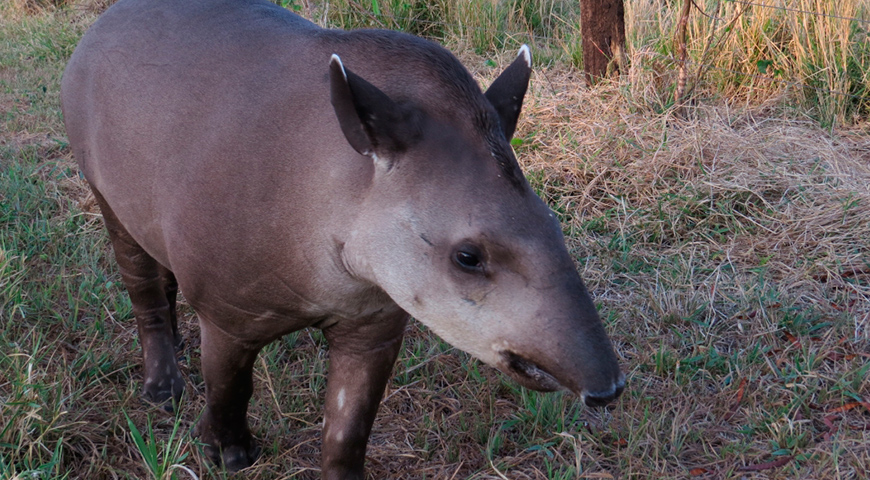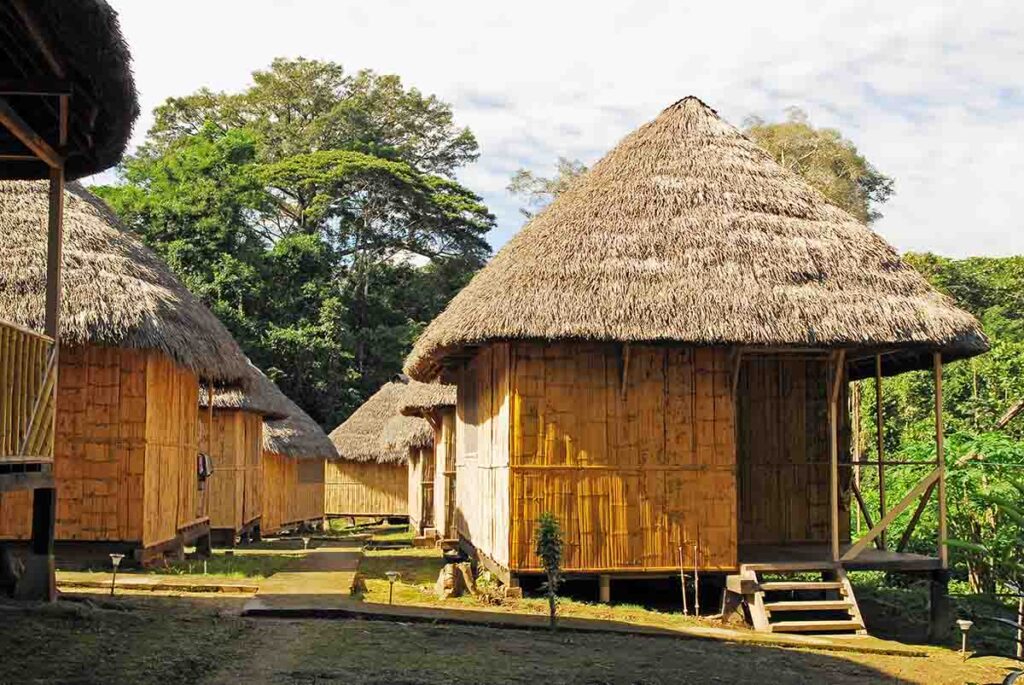

New dwarf tapir species discovered
If there’s one thing that we all know about the Amazon jungle, it’s that it’s big, really big. So when you hear about a new insect, bird or plant species being discovered, it’s not too surprising that these tiny creatures have managed to evade the scientists for so long.
However, when you hear that a 250-pound mammal has only just been discovered, you get an idea of just how vast and how diverse the jungle really is.
 The Dwarf Tapir
The Dwarf Tapir
The new species in question is a dwarf tapir, named by scientists as Tapirus kabomani. Before this new species was discovered, there were thought to be four species of tapir, one in Asia and three in Central and South America. The new discovery brings the total up to five.
Nocturnal and elusive, tapirs have been known throughout the Amazon region for hundreds of years, hunted by local tribes for their meat.
In fact, specimens of the new dwarf tapir have been known to western scientists for a number of years, but it was misidentified and only investigated very recently by scientists interested in learning more about the Amazon jungle.
The new Tapirus kabomani is actually a third of the size of its closest relative, the Brazilian tapir, which weighs in at about 700 pounds, and has shorter, darker hair leading to its local name, “little black tapir”.
Spotting a tapir
As all species of tapir are very elusive and mostly nocturnal, spotting one during Amazon jungle expeditions can be almost impossible. Some jungle lodges have tapir licks, tempting these shy creatures closer to your accommodation and making a sighting a little more likely.
 Endangered species
Endangered species
Like all tapirs the new species of dwarf tapir is endangered due to deforestation and human activity. In fact, if it hadn’t been identified recently by scientists, there’s a chance the species could have become extinct before we even knew it existed.
With so much to discover about the Amazon jungle, scientists have their work cut out if they’re going to identify and categorise the majority of the rainforest’s species before they’re gone for good.
As well as the dwarf tapir, the Amazon is home to a wealth of endangered, rare and unique creatures, so why not visit this stunning landscape now and learn everything that you can about the Amazon jungle before it’s too late?













Leave a Comment